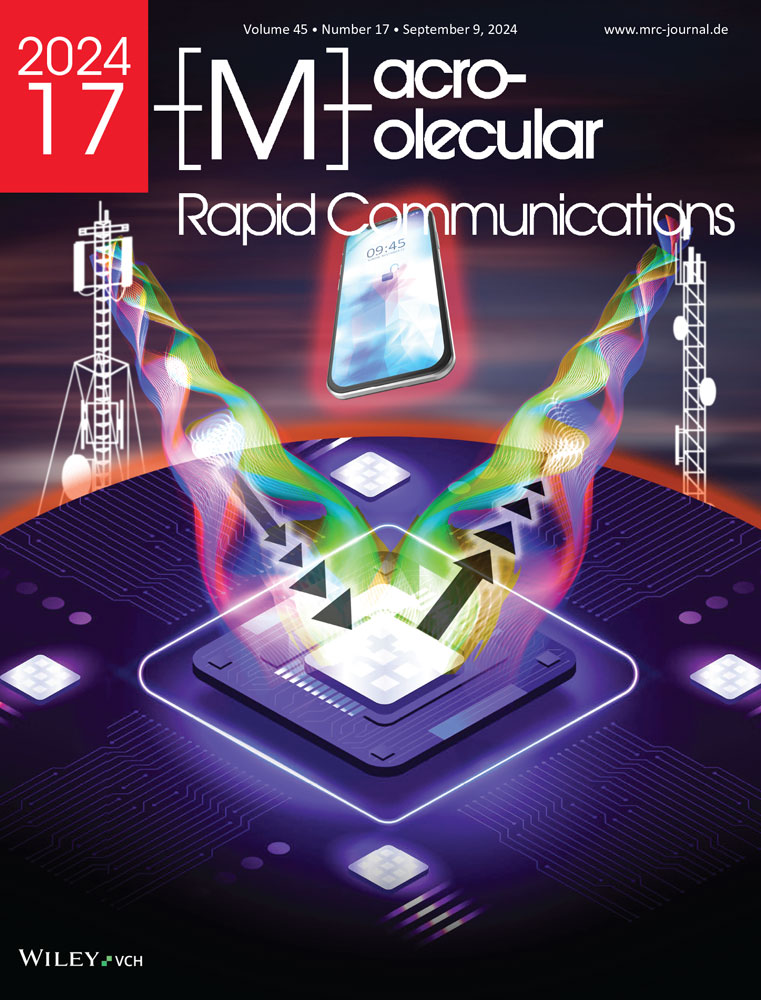PEDOT:PSS-Based Prolonged Long-Term Decay Synaptic OECT with Proton-Permeable Material, Nafion
Abstract
Poly(3,4-ethylenedioxythiophene):polystyrene sulfonate (PEDOT:PSS), a conductive polymer, has gained popularity as the channel layer in organic electrochemical transistors (OECTs) due to its high conductivity and straightforward processing. However, difficulties arise in controlling its conductivity through gate voltage, presenting a challenge. To address this issue, aromatic amidine base, diazabicyclo[4.3.0]non-5-ene (DBN), is used to stabilize the doping state of the PEDOT chain through a reliable chemical de-doping process. Furthermore, the addition of the proton-penetrable material Nafion to the PEDOT:PSS channel layer induces phase separation between the substances. By utilizing a solution containing both PEDOT:PSS and Nafion as the channel layer of OECTs, the efficiency of ion movement into the channel from the electrolyte is enhanced, resulting in improved OECT performance. The inclusion of Nafion in the OECTs’ channel layer modifies ion movement dynamics, allowing for the adjustment of synaptic properties such as pulse-paired facilitation, memory level, short-term plasticity, and long-term plasticity. This research aims to introduce new possibilities in the field of neuromorphic computing and contribute to biomimetic technology through the enhancement of electronic component performance.
Conflict of Interest
The authors declare no conflict of interest.
Open Research
Data Availability Statement
The data that support the findings of this study are available from the corresponding author upon reasonable request.




